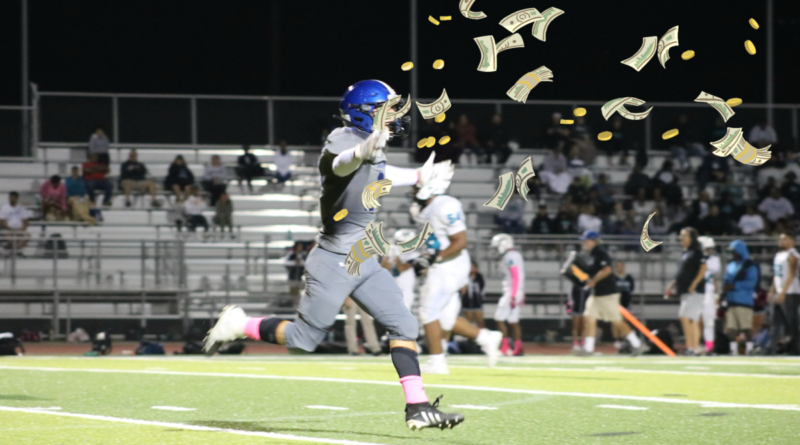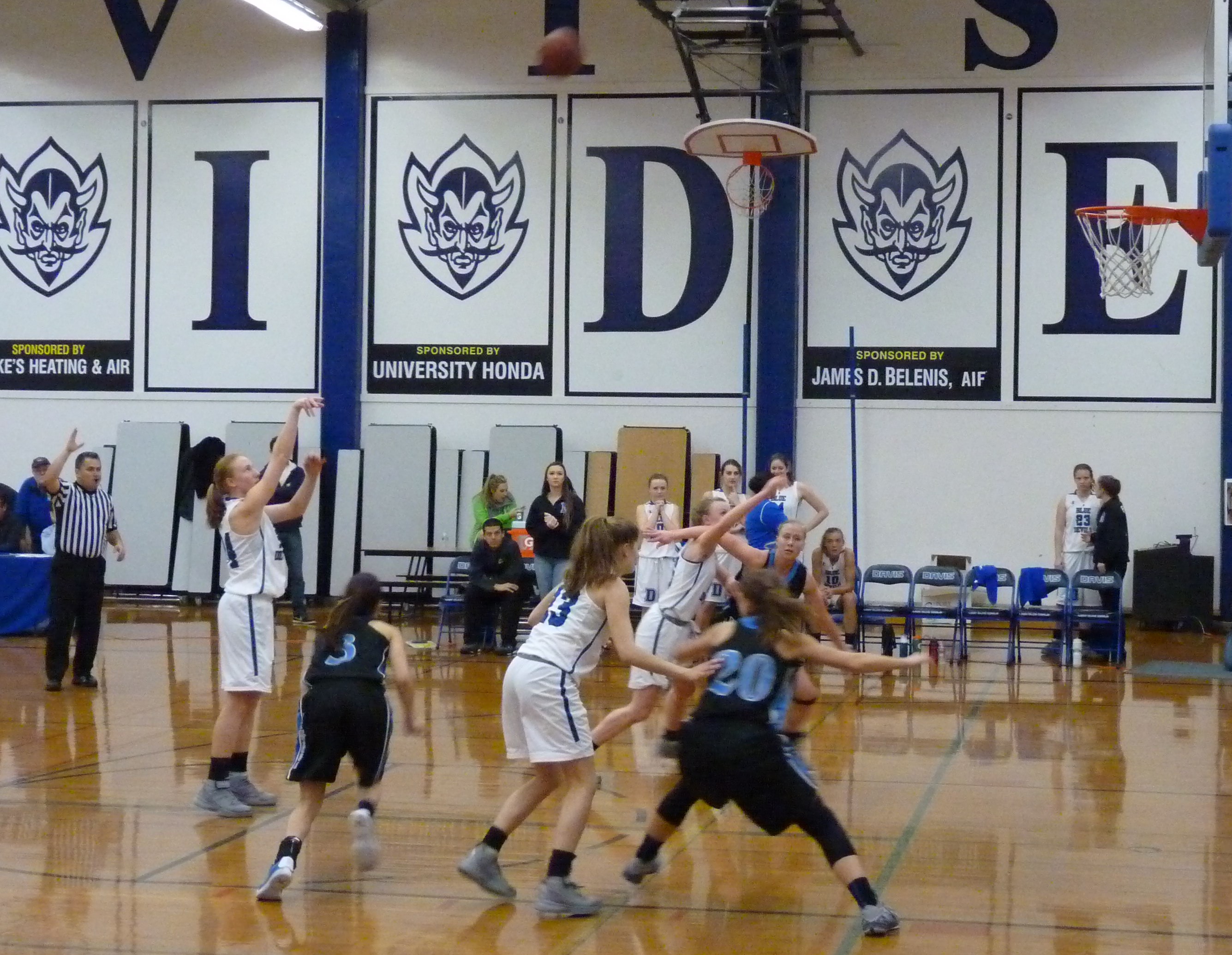Funding inequities arise for Davis High athletes
PHOTO: It costs a yearly sum of $68,000 to run the DHS football program
By Alex Miyamoto,
BlueDevilHUB.com Staff–
Davis High offers 20 sports that serve more than 60% of the eligible Davis Joint Unified School District student body.
To fund the programs, DHS sports coordinators look to the Davis Blue Devil Athletic Boosters non-profit.
The program has been around since 2017, when parents of several DHS student-athletes were inspired to provide equal funding for all athletic programs at the high school.
The mission of the Boosters is to, “provide support to all DHS athletics programs,” said Greg Campbell, president of the non-profit.
The Boosters help support DHS coaches and athletes and narrow financial gaps.
Mike McMullen is the head coach of the DHS ski team and finds the Boosters to be a helpful resource. The program provided the team with $2,450 last spring in order to purchase new racing equipment.
“Our old bibs were over five years old and many were beginning to fall apart. It was a very timely grant,” McMullen said.
The DHS football team receives funds from the Boosters but also recieves additional support. The DHS football program established The Blue Devil Football Backers non-profit in 1997, as a way to fund operational costs.
According to the Davis Blue Devil Football website, it costs a yearly sum of $68,000 to run the program. “Football does cost more than most other sports due to a couple of factors which include safety equipment, officials and number of participants,” DHS athletic director Jeff Lorenson said.
While the football team receives two sources of funding, other DHS athletic programs have just one established funding source, the Boosters.
Bryson Schelp is a junior on the DHS varsity baseball team and has been playing baseball for seven years. He finds the general funding that the team receives inadequate.
“The facilities themselves aren’t in bad condition, but the lack of funds makes it much harder to keep it like that,” Shelp said. “Our field is in good condition because of the contributions of the players, coaches and families, not because of the funding.”
“All sports within DJUSD are funded by the generosity of our community, however not all costs are completely covered,” Lorenson said.
Baseball players at DHS report they spend upwards of $1,000 throughout the season to fund basic needs.
New baseball bats cost $300-500, a new glove costs $100, miscellaneous equipment costs $200 and costs for outside coaching and facilities can vary, but can exceed the $1,000 benchmark, according to Schelp.
In December of 2021, the Boosters were able to disperse more than $27,000 to various programs. The baseball program received $4,500 in equipment.
“We do the best we can to disperse the money as equally as we can across all programs that applied. There is always more money requested than what we have, but in 2021 we were very proud that every program that asked for funding got something,” Campbell said.
Lorenson reports that the Boosters program on average receives, “roughly $50-65,000 per year, with a goal of growing much larger.”
While the Boosters are helpful in subsidizing certain costs, McMullen says that the majority of funding for his program is received from, “contributions from the families of individual racers.”
The Backers non-profit is similar in that it generates its annual revenue through various fundraising activities, contributions and sponsors, but the program is a 501(c) 3 non-profit organization which means its finances are reported publicly.
The average cost to support a DHS football player throughout the season is $1,138. In 2019, the total revenue of the non-profit was $85,000 as reported by Nonprofit Explorer. The Backers non-profit is able to cover the full price for each player. The money pays for food, transportation, equipment, coaching and other expenses.
As cited from the Blue Devil Football website, “100% of the funds raised by the Backers supplement the football program’s budget and cover expenses not funded by the school district.”
Other sports don’t have the same amount of support.
“We get enough money to get by, but we don’t have consistent lighting on our fields… we still have to buy a lot of our own equipment which makes it less accessible to some people,” Schlep said.
Campbell is eager to, “find a way where all boosters can coordinate more and ensure that all DHS programs have the funding they need— we would do that by adding to what football is doing not competing with them.”
McMullen supports the Backers but says that “every program would love to receive more funding… it mostly speaks well of the football coaching staff and athlete’s families that they have been able to organize to effectively raise money for their programs.”



